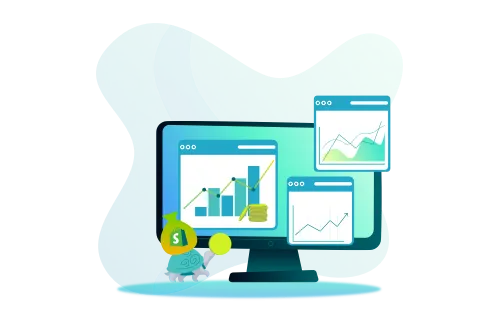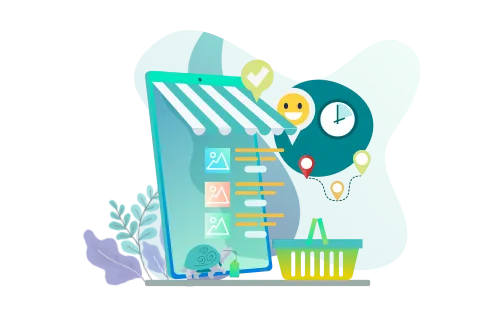Deciding to scale Shopify store may be an exciting prospect, but it comes with particular challenges. How do you boost your traffic and conversions? How do you make more customers return? And what do you need to handle the accompanying growth of operational complexities? In this blog post, we will address these questions.
GenovaWebArt has spent over a decade assisting companies like Kit & Kin in entering the international market and increasing sales. Our team rejuvenated brands like MiLa with store redesigns and new user-facing functionality, attracting the audience’s attention to their offerings. Using this experience, we’ll share our ecommerce scaling secrets and help you boost your store.
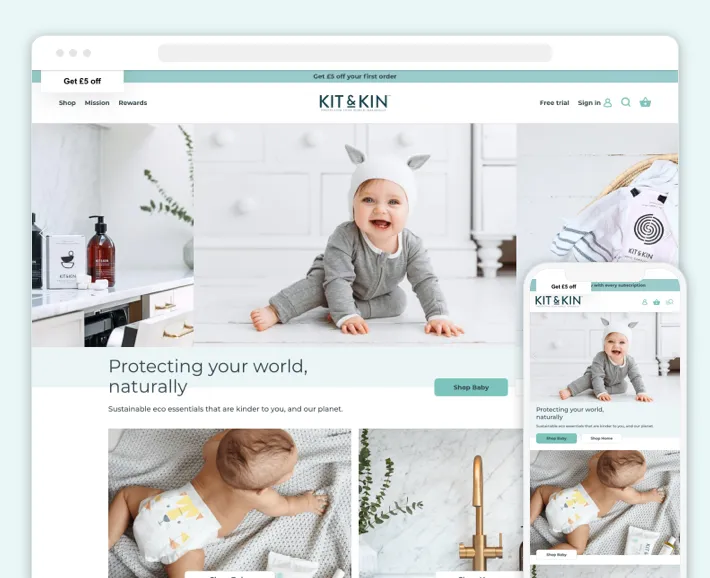
Four Steps to Scale a Shopify Store
So, let’s suppose your question is, “How do I scale my Shopify store?” The short answer is – one step at a time. First, outline the areas you can improve. Then, use your site as a tool, optimizing it to drive traffic to your product pages. Finally, remember to pepper in exciting features based on trendy technology and use automation tools to deal with the growing customer flow.
We’ll break this process down so you can see how to approach it effectively.
Assess Your Foundation
To know what you want to reach, you must first learn where you’re coming from. So, regardless of which scaling approach you opt for, we recommend starting here.
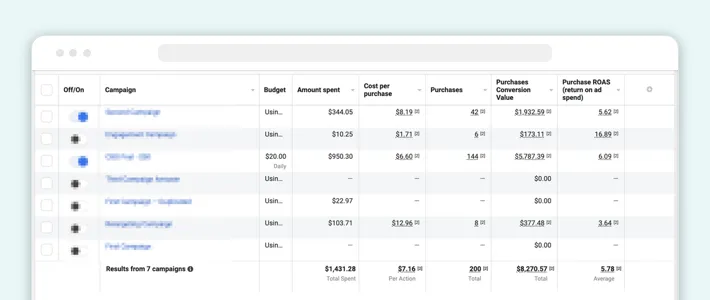
Access your Shopify admin panel and check the relevant metrics. These include the conversion rate, the level of traffic and its sources, and the average order value. Determine what’s lacking and use Shopify’s built-in reports to track changes in these metrics. It will reveal areas for improvement and hint at how to nail them.
Whether you use custom apps or Shopify’s analytics tools, it’s a good idea to spot patterns. Use traffic and sales reports to determine your SEO dips and peaks and evaluate the effectiveness of your marketing. Scaling will be possible when you find the best tools and learn how to leverage them.
Optimize for Growth
Whatever tools you use to scale Shopify store, laying a foundation for that growth is essential. Minor improvements will work in tandem, creating an environment where your business can thrive. We’ll quickly highlight several core tweaks to consider.
Conversion Rate Optimization
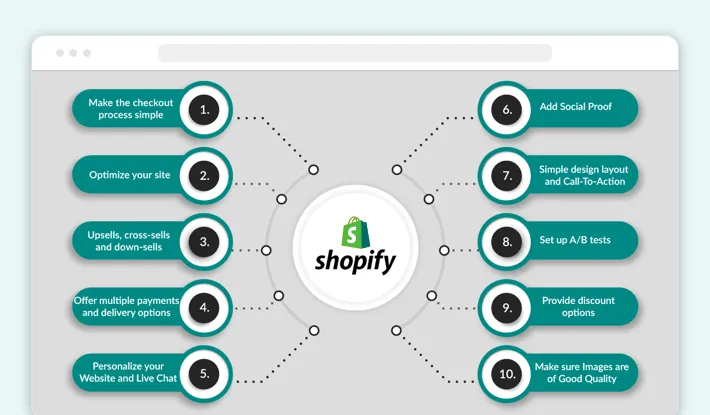
First and foremost, make it easy for customers to enter your website and leave it with a purchase. For example, eliminate any extra clicks on the way to the checkout. Also, use upselling and cross-selling apps to persuade users to purchase, even if they hesitate. Check out the infographics above to discover other ways to enhance your Shopify store conversions.
Boosting SEO and Organic Traffic
Due to smarter algorithms and higher competition, getting a better SERP placement is more complex than ever. It’s best to rely on multichannel e-commerce solutions to get organic traffic. With this approach, you will drive new customers from popular sites. It doesn’t depend on stuffing your pages with SEO-centric keywords and content, which is risky and less effective nowadays.
Plus, it’s wise to rely on apps to scale store on Shopify. They can automatically detect SEO opportunities for your store pages, eliminating your manual work.
Paid Advertising
As with traditional commerce, promoting your product is a straightforward way of opening up new markets. Ads are part of digital marketing for online stores. In particular, using a platform like Google’s AdSense to reach a wider audience is one of the natural e-commerce growth strategies.
Email Marketing

While your monthly statistics may show a relatively steady number of customers, some often remain inactive. These people made a purchase once but haven’t returned since. Also, some signed up for your emails but never followed through. Appealing to them via email may spark interest, resulting in increased sales.
Customer Experience (CX)
Improving how your customers feel when navigating your store makes them more likely to return. Moreover, they may decide to recommend your brand to someone else. Focusing on user experience enhancement in e-commerce involves comprehensive testing. This way, you’ll discover whether your clients’ experience is intuitive and satisfying.
Leverage Emerging Trends
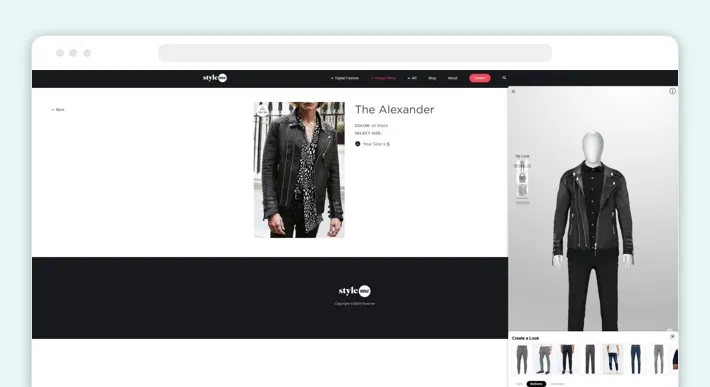
A surefire way to revitalize your store and bring more traffic is by turning to modern tech and design trends. For example, it’s now common to optimize Shopify store for mobile use. At the end of 2022, more than 60% of US customers considered mobile versions necessary. Nowadays, customers also expect virtual try-ons for clothes and AI-powered recommendations.
In a way, it makes things easier, as your customers seek online stores that provide outfit ideas or complementing products. Depending on your market niche, you may find relevant Shopify apps to align with those and other trends.
Optimize Operations and Logistics
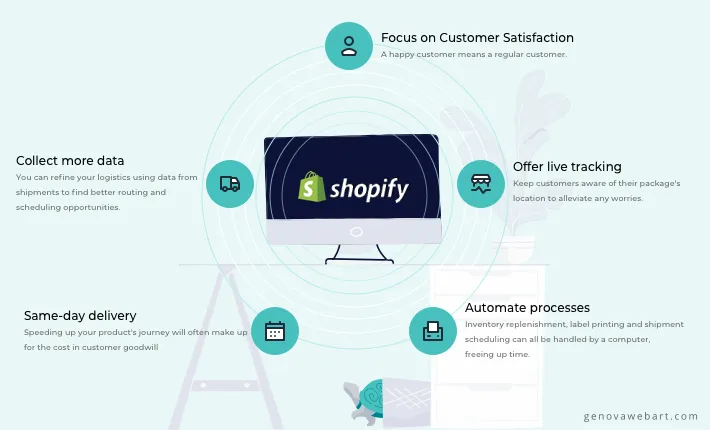
When you scale Shopify store sales, it’s also critical to boost operations. Inventory management for online retail is vital, as slow order fulfillment will quickly sap the customer goodwill you’ve gained. Focus on automating order processing and restocking to ensure you’re not running behind while being able to handle more complex tasks.
Consider delegating some areas, like customer support, to AI-based chatbots. It’s mostly a matter of available resources. In particular, retooling your older store architecture might be your go-to when your Shopify scale efforts require advanced tech.
We also advise you to read about the ways to boost your Shopify sales with ChatGPT
GenovaWebArt Experience
Our team has worked with various brands since 2012, covering every aspect of Shopify-based ecommerce, including migrations, redesigns, and scaling. We approach those services as a complete package, handling all technical aspects. Our specialists deal with crucial tasks regarding your site’s performance to ensure it will support the droves of new customers.

For instance, look at our work with Paper Republic. The GenovaWebArt team created custom Shopify apps and integrated the site with Klaviyo as part of our collaboration. As a result, the brand gathered more insights about its customers and offered them unique features, such as order pickup calculations.
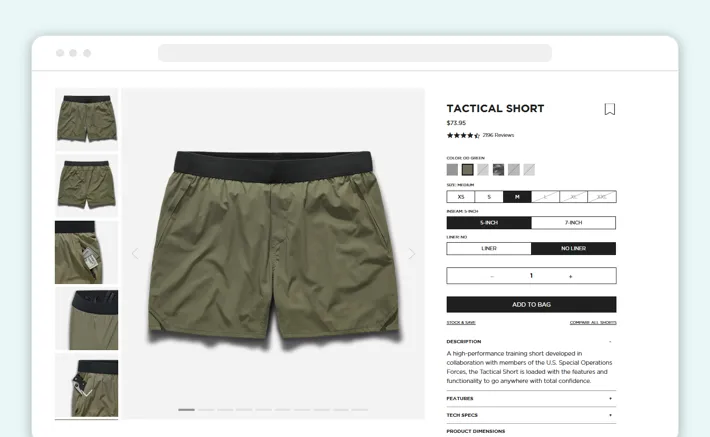
Technical work isn’t our only specialty, though, as Ten Thousand’s case will show you. This brand wanted a site redesign, striving to raise its conversion rate. Our team focused on improving the UX, emphasizing the landing and product pages. Reformatting them was necessary to streamline the experience of would-be customers. Thus, they had an easier time finding what they needed and moving straight to the purchase.
Conclusion
No business can survive without evolving and scaling. Shopify stores are no different, as they depend on reaching new audiences and selling more products. This article revealed the general recommendations on how to scale your Shopify store. But, as always, these tactics are more effective with practical experience.
Trying to drive traffic to Shopify store pages will be easier with a team that has the required expertise and proven track record. You can establish your strategy using known cases and pave your way to a higher conversion rate. Whether you want to conquer a new niche in the market or increase the number of customers in the current one — scaling is the solution.
If you decide to promote your store and ensure it’s ready for the flood of new customers, rely on GenovaWebArt. We can make the required improvements, from Shopify store automation tools to SEO tweaks and more effective designs. Get in touch with GenovaWebArt today for a consultation on scaling to outline the plan for our collaboration.
Frequently Asked Questions
What is Shopify store scaling?
How can I optimize my Shopify store?
On top of that, optimizing and automating your logistics streamlines order processing and raises customer satisfaction. These measures work together to scale ecommerce business success and keep your store on top.
